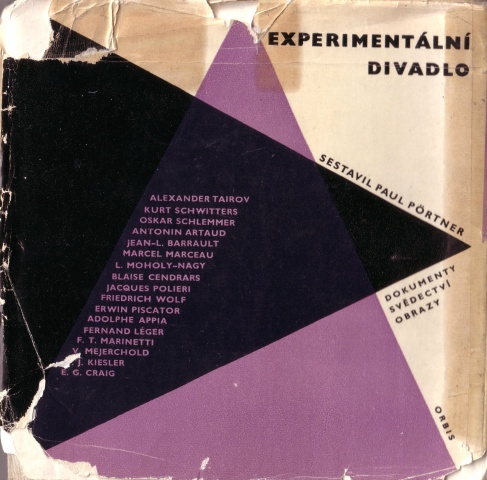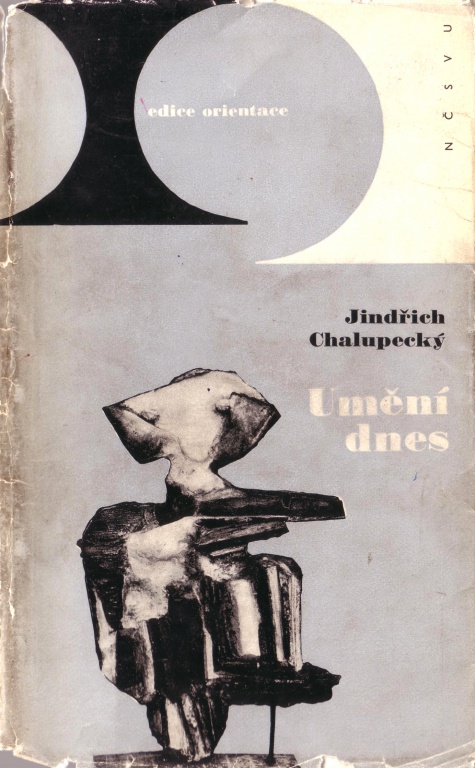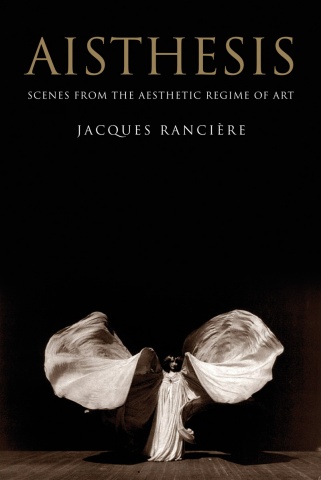Paul Pörtner (ed.): Experimentální divadlo: přehled, dokumenty, kresby, fotografie (1960/1965) [Czech]
Filed under book | Tags: · art history, avant-garde, experimental art, futurism, history of theatre, theatre

A history and documents of the experimental theatre edited in 1960 by the German playwright, novelist and translator.
“Pörtnerova kniha chce ve stručnosti, mnohdy až lapidární zkratkou, seznámit s výsledky nejdůležitějších pokusů, ktoré vznikly z vědomí neomezených možností moderního scénického prostoru a chtějí zbavit divadlo otrocké závislosti na konvenci a stagnaci, vlastní stávajícímu divadlu.
Výsledky pokusů velikých experimentátorů, mezi nimiž nechybí taková jména jako Appia, Craig, Marceau, Piscator, ale i Léger, Moholy-Nagy, Picasso, svítí nadále jako maják do budoucnosti, neboť jen málo impulsů z jejich bohatého odkazu přešlo do praxe současného divadla.
Ačkoli nelze očekávat, že idea ‘totálního divadla’ ožije v celé plnosti jejich představ, zůstává nicméně naděje, že sebevědomí divadla jako svébytného uměleckého druhu zesílí, že experimenty se specificky divadelními prostředky budou vedeny dále, aby se tak z dílčích událostí stala skutečná divadelní událost, ve které spojí experiment formy s novým obsahem.
Kniha může být cenným podnětem v našem soudobém uměnovedném myšlení a má význam i pro historii předválečného divadla, která má právě v této oblasti mnoho neujasněností a bílých míst.” (from the inside flap)
First published as Experiment Theater. Chronik und Dokumente, Arche, Zürich, 1960
Translated by Jan Rak
Publisher Orbis, Prague, 1965
Volume 4 of Monoskop Unlimited Edition series
176 pages
PDF (66 MB, no OCR)
Comment (0)Jindřich Chalupecký: Umění dnes (1966) [Czech]
Filed under book | Tags: · abstract art, art, art criticism, art history, art theory, avant-garde, happening, kinetic art, op art, pop art, theatre

A collection of essays on modern art by the eminent Czech art critic and art historian.
“Podoba výtvarného umění se od konce 2. světové války prudce měnila. Ve čtyřicátých letech nastoupily nové nefigurativní směry, označované jako lyrická abstrakce, akční malba, materiálové umění, a nabyly v desetiletí 1950-1960 takového významu, že se abstrakce zdála jedinou možností moderního umění. Ale od začátku šedesátých let se uplatňuje řada tendencí docela jiných a mnohdy překvapivých: pop art, nová figurace, kinetismus, vizualismus…
Tento vývoj byl u nás sledován neúplně a zkresleně. Autor se proto snaží v řadě esejů, které jsou jádrem knihy, vylíčit dramatickou situaci, do níž dospělo moderní umění, a kriticky ukázat původ a smysl tohoto složitého dění. Těmto esejům předesílá informativní přehled vývoje avantgardního umění od abstraktního expresionismu, dada a surrealismu až k nejposlednějším experimentům, jako jsou happenings, v nichž se stupňuje působení uměleckého díla až do divadelních forem, a events, dematerializujících naopak umělecké dílo až v pouhý pomysl. V syntetickém závěru konečně ukazuje sociální a historický smysl současného umění. 64 ilustrací text dokumentuje.” (from the cover)
Publisher Nakladatelství československých výtvarných umělců, Prague, 1966
Volume 3 of Monoskop Unlimited Edition Series
263 pages
PDF (89 MB, no OCR)
For more from Chalupecký see Monoskop wiki.
Jacques Rancière: Aisthesis: Scenes from the Aesthetic Regime of Art (2011/2013)
Filed under book | Tags: · aesthetics, art, art history, art theory, body, cinema, dance, film, life, literature, music, painting, pantomime, philosophy, photography, poetry, politics, representation, sculpture, theatre, theory

Rancière’s magnum opus on the aesthetic.
“Composed in a series of scenes, Aisthesis–Rancière’s definitive statement on the aesthetic–takes its reader from Dresden in 1764 to New York in 1941. Along the way, we view the Belvedere Torso with Winckelmann, accompany Hegel to the museum and Mallarmé to the Folies-Bergère, attend a lecture by Emerson, visit exhibitions in Paris and New York, factories in Berlin, and film sets in Moscow and Hollywood. Rancière uses these sites and events—some famous, others forgotten—to ask what becomes art and what comes of it. He shows how a regime of artistic perception and interpretation was constituted and transformed by erasing the specificities of the different arts, as well as the borders that separated them from ordinary experience. This incisive study provides a history of artistic modernity far removed from the conventional postures of modernism.”
First published as Aisthesis : Scènes du régime esthétique de l’art, Éditions Galilée, 2011
Translated by Zakir Paul
Publisher Verso Books, 2013
ISBN 1781680892, 9781781680896
304 pages
via falsedeity
Reviews: Hal Foster (London Review of Books), Joseph Tanke (Los Angeles Review of Books), Marc Farrant (The New Inquiry), Ali Alizadeh (Sydney Review of Books), Jean-Philippe Deranty (Parrhesia).
Roundtable discussion with Rancière at Columbia (video, 43 min)
Selected interviews and reviews (in French)

